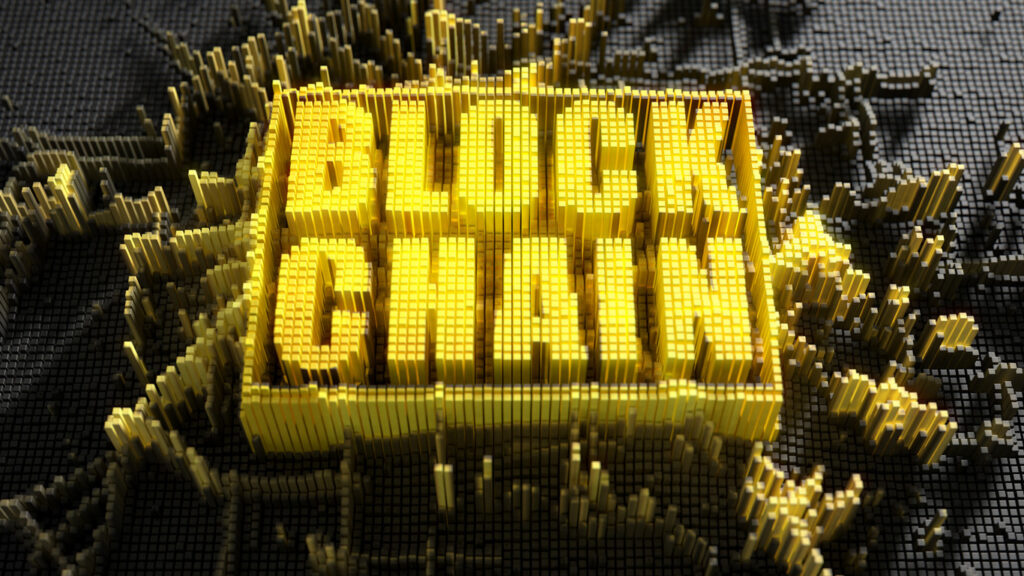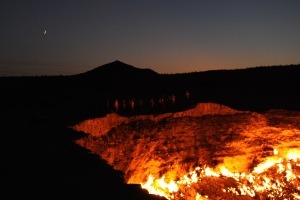Why to deal with blockchain? A small example provides the answer: In the early days of the internet many thought, “I don’t have to deal with that. This is something for younger people.” Today we know: Whether privately or professionally – life is no longer possible to imagine without the World Wide Web, no matter how old you are.
For those who got in touch early with the digital world, it has become easier to use all subsequent technological developments for their everyday life. As you see, there are technologies that can’t and shouldn’t be avoided. The sooner you understand the backgrounds, the faster you get into it.
The same applies to the so-called blockchain technology. Let’s face it and find out in which parts of life the new technology is already relevant?
Blockchain – what’s behind?
So far databases are managed centrally. That means, the data is stored on limited, e.g. corporate owned servers and accordingly vulnerable. If a hacker invades in the system, all data is accessable for theft and manipulation. Let’s imagine a particular database is managed decentralized and distributed to several participants. That means everyone has on his computer an identical copy of the blockchain chain which is visible to everyone. But not only that: Anyone of the participants can extend the blockchain by adding another block – it’s comparable by adding new elements to the end of a chain. Each process is visible to all participants.
What’s special about the chain: The list of data records is linked together by encrypted information. In technical jargon this means that each block contains a cryptographically secure hash (i.e. a specific string) of the previous block. This hash works like a postmark on letters: it assigns a specific event to a unique time.
Protecting large amounts of data – what makes blockchain so secure?
By the encrypted connection of the individual data resp. blocks it’s always ensured that a consensus is reached on the correct status of the blockchain. And this is how it works: later transactions are build on previous ones, thereby confirming the correctness of these. This makes it impossible to manipulate or erase the existence or content of an earlier transaction without destroying later transactions at the same time.
For example, if a hacker invades the computer of a participant to manipulate or modify a record of the blockchain, the following occurs: the system sends an alarm because the result of the older copies is no longer matching with the hacked chain. The manipulated record won’t be added to the blockchain, because no match with the rest will be found.
How safe a blockchain is from unauthorized access is also illustrated by the following example: imagine an intruder is gaining access to a bookstore and tearing a page out of a book of Harry Potter. His aim: He wants to destroy the page completely. He acts like a hacker who invades the computer to manipulate a record. At this point, it turns out, that a torn out page or a manipulated data set has no effect.
To reach his goal, he would have to tear the page out of all Harry Potter books in the bookstore – and beyond that out of the books in the whole city, throughout Germany and around the world. Just as the hacker who has to infiltrate all computers. Another hurdle: This process would have to happen everywhere at the same time. The system – in this example, the booksellers – would notice the missing page and simply replace the damaged books and restore the old state.
Blockchain in everyday life
The example proves how secure the blockchain is from unauthorized access. But why should we all deal with it? The basis of a cryptographically secured chaining of individual blocks dates back to 1991 and was originally used for the cryptocurrency Bitcoin, which was introduced in 2008. Today, the blockchain process is also suitable for everyday life aside from digital money and is therefore not only understandable for everyone, but also practicable.
An example from contracts. A startup called slock.it developed a way to rent a bike through the blockchain. This is how it works: The tenant is simply stored in the chain as a record and gets through that the right to unlock a bike. The owner and the tenant don’t conclude a private contract with each other, as usual. In the digital world, a smart contract is deposited in the blockchain, which is visible to all participants. It can track who has access to the vehicle and who shouldn’t – the system becomes a supervisory authority. A notary or written contracts on paper become superfluous. Another advantage: Even if all processes are visible, the topic of data protection is no problem, as each user remains anonymous and exists as a code of numbers and letters.
The principle of digital leases can be applied to other parts such as car or apartment leasing and even for sales contracts. If a payment system is used at the same time, all digital cash flows such as rent or deposit can be logged in detail and assigned directly to the contract. This ensures that all important information is secure and yet anonymous.
This is just one example how the decentralized blockchain technology can optimize existing processes, bypassing key players and control units. The development of further systems in parts of health and finance, on real estate market and even in polity are running on full speed. It will take some time before the system will become a central currency or can be used to organize a state (such as in Estonia). One thing is clear: in the future, blockchain can influence all parts of life.







